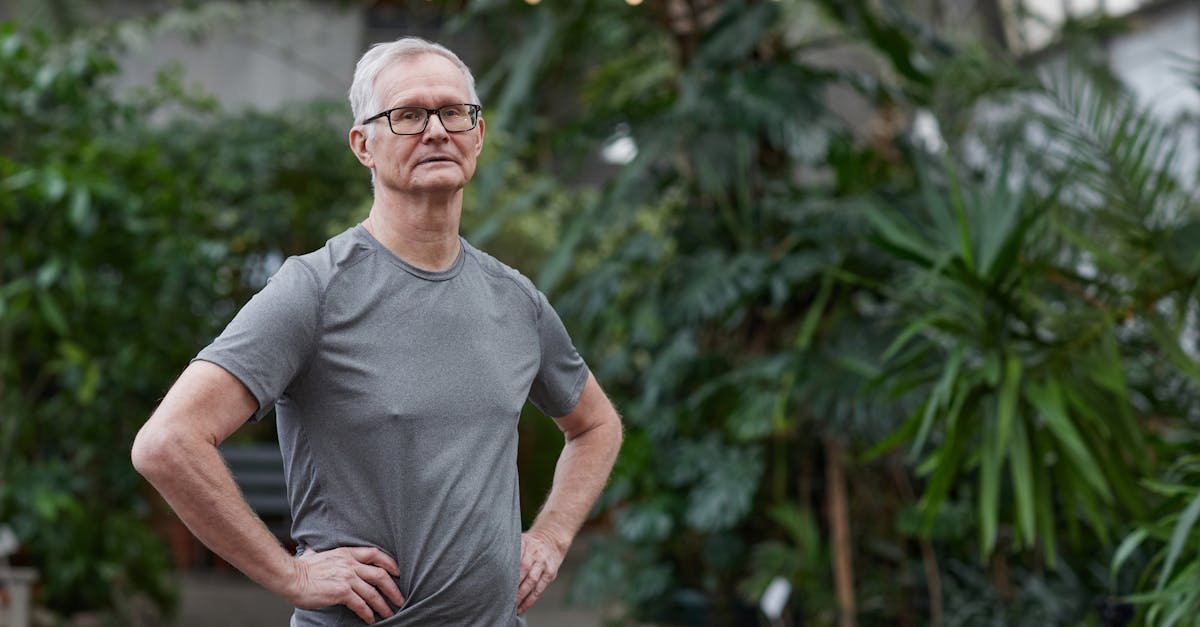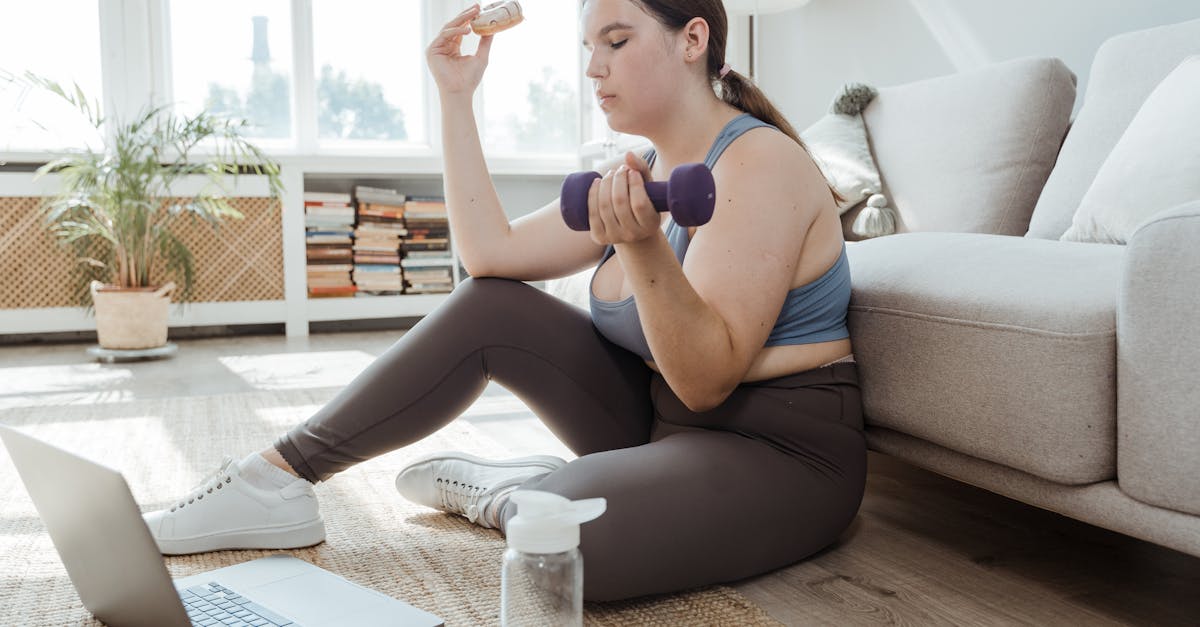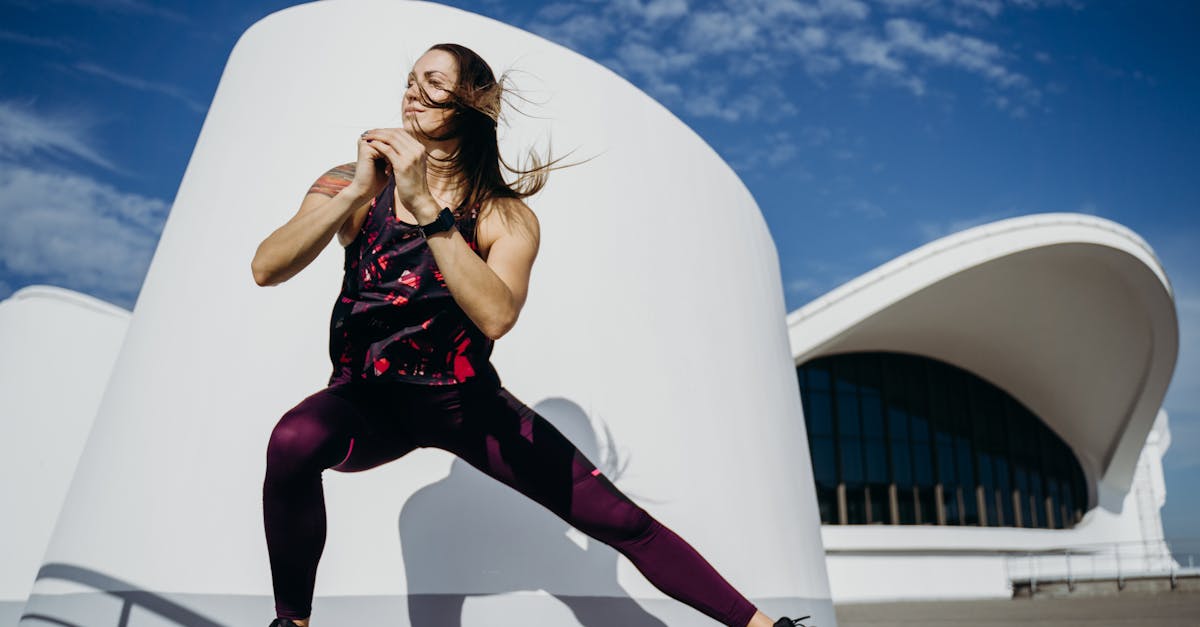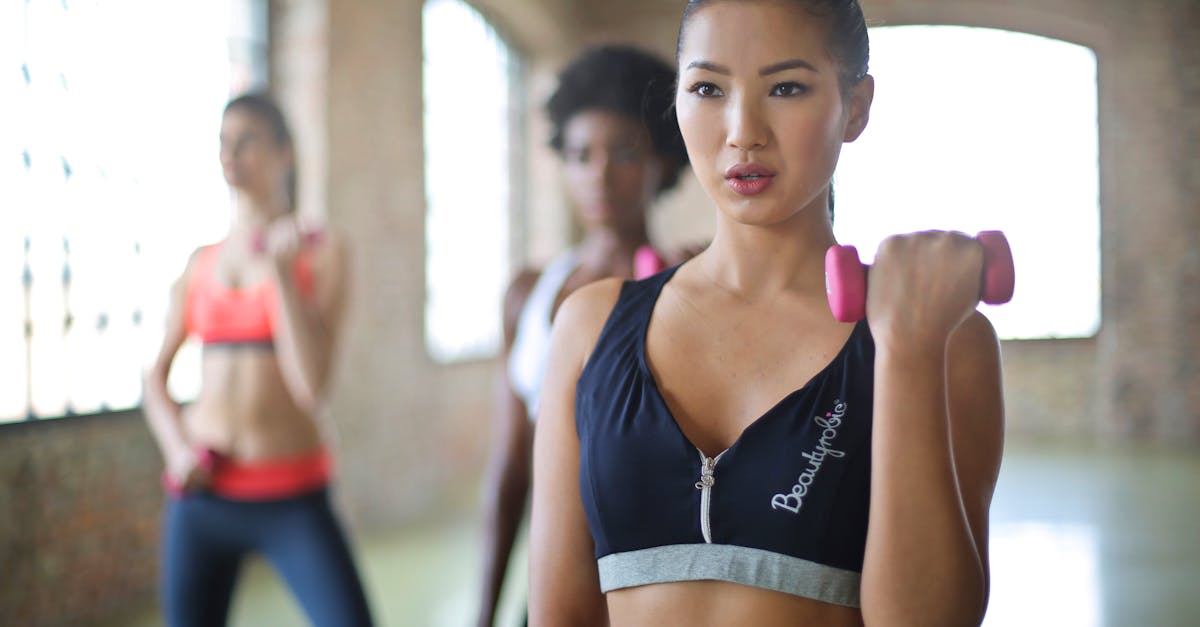Enhancing Old Age Fitness for a Vibrant Life
Introduction
As the global population ages, maintaining health and fitness in older adulthood has become increasingly significant. Embracing an active lifestyle as you age can greatly enhance longevity and quality of life. Regular exercise not only helps manage existing health conditions but also reduces the risk of chronic diseases. Staying fit in later years boosts mental well-being, sharpens memory, and facilitates social engagement. This article delves into effective fitness practices tailored for the elderly, emphasizing the immense benefits and suitable activities. Let’s embark on a journey towards achieving optimal health in the golden years.
Advertisement
Benefits of Staying Active in Older Age
Staying physically active as we age brings multifaceted benefits, extending beyond mere physical well-being. Regular exercise enhances cardiovascular health, reducing the risk of heart diseases and strokes. It strengthens bones, promoting better posture, and preventing osteoporosis. Furthermore, engaging in fitness activities supports cognitive function and decreases the likelihood of dementia and Alzheimer’s disease. Senior individuals also find greater confidence and independence through improved balance and flexibility, minimizing fall risks. Exercise is, indeed, a cornerstone to preserving autonomy and promoting a healthy aging process.
Advertisement
Choosing the Right Exercise Routine
Selecting suitable exercises is crucial for reaping the benefits of fitness without risk. Consulting healthcare professionals or fitness trainers can help in tailoring workouts to individual needs and limitations. Gentle activities such as walking, swimming, and water aerobics are excellent for those starting out. For those looking to increase muscle strength, resistance training with light weights can yield significant results. Incorporating a mix of cardiovascular, strength, flexibility, and balance exercises ensures a well-rounded routine, contributing to overall fitness and vitality.
Advertisement
Incorporating Flexibility and Balance Workouts
Flexibility workouts like yoga and Tai Chi offer a plethora of benefits for seniors, including enhanced mobility and stress relief. These practices not only improve flexibility but also promote mindfulness and relaxation. Balance exercises, on the other hand, are crucial in preventing falls, a leading cause of injury among older adults. Simple balance exercises, such as standing on one leg or using Bosu balls, can be integrated into daily routines. The combination of flexibility and balance exercises plays a pivotal role in maintaining independence and confidence.
Advertisement
Strength Training for Seniors
Strength training, though often overlooked, is indispensable for older adults aiming to enhance muscle mass and keep bones strong. Light weights, resistance bands, or machines can be used for exercises targeting various muscle groups. Strengthening exercises like squats, seated leg curls, and chest presses can be modified according to individual capabilities. For those new to strength training, starting slowly and gradually increasing intensity is key. A focus on proper form and breathing ensures safety and efficacy, helping older adults build strength efficiently.
Advertisement
Cardiovascular Conditioning
Cardiovascular exercises are essential in promoting heart health and overall endurance. Activities like brisk walking, cycling, and dancing cater to diverse preferences while keeping heart rates elevated. Aerobic exercises improve circulation, increase lung capacity, and boost energy levels. It's vital for seniors to engage in regular cardiovascular activities, which are a fun and effective way to burn calories and manage weight. Adhering to safe exercise guidelines and consulting with healthcare providers can maximize benefits, enhancing both physical and mental well-being.
Advertisement
The Role of Nutrition in Fitness
Nutrition and exercise go hand in hand when pursuing fitness in older age. A well-balanced diet supports exercise goals by delivering essential nutrients, sustaining energy levels, and speeding up recovery. Foods rich in vitamins, minerals, proteins, and healthy fats should constitute daily meals. Hydration is equally critical, especially when engaging in physical activities. Tailoring diet plans in coordination with fitness regimes ensures comprehensive health benefits and reinforces the battle against age-related health challenges.
Advertisement
Overcoming Barriers to Fitness in Older Age
Despite the benefits, various barriers can impede the path to fitness in later years. Physical limitations, lack of motivation, or accessibility to fitness facilities can be discouraging. It's crucial to find activities that are enjoyable and adaptable to personal capacities. Seeking support from communities or fitness groups can also boost motivation and make exercising a social, enjoyable endeavor. Technology, like fitness apps or online exercise classes, provides accessible resources that encourage active lifestyles for seniors at home.
Advertisement
Staying Motivated
Maintaining motivation is fundamental to achieving consistency in an exercise routine. Setting realistic goals, tracking progress, and celebrating milestones foster a positive approach to fitness. Engaging in group activities or finding a workout buddy can provide necessary encouragement. Remembering the immediate and long-term benefits serves as a valuable reminder of the importance of perseverance. Keeping workouts varied and enjoyable ensures that seniors remain enthusiastic about staying active, paving the way for a healthier, happier life.
Advertisement
Summary and Conclusion
Fitness in older age is pivotal to enhancing longevity, independence, and mental well-being. Engaging in diverse exercises fosters physical health, reduces risks of chronic diseases, and boosts confidence. Choosing safe, adaptable workouts and maintaining a nutritious diet lays a solid foundation for healthy aging. Overcoming perceived obstacles and remaining motivated can transform the approach to fitness for many seniors. As we embrace an active lifestyle, the future of aging appears not only longer but also thriving and vibrant.
Advertisement








